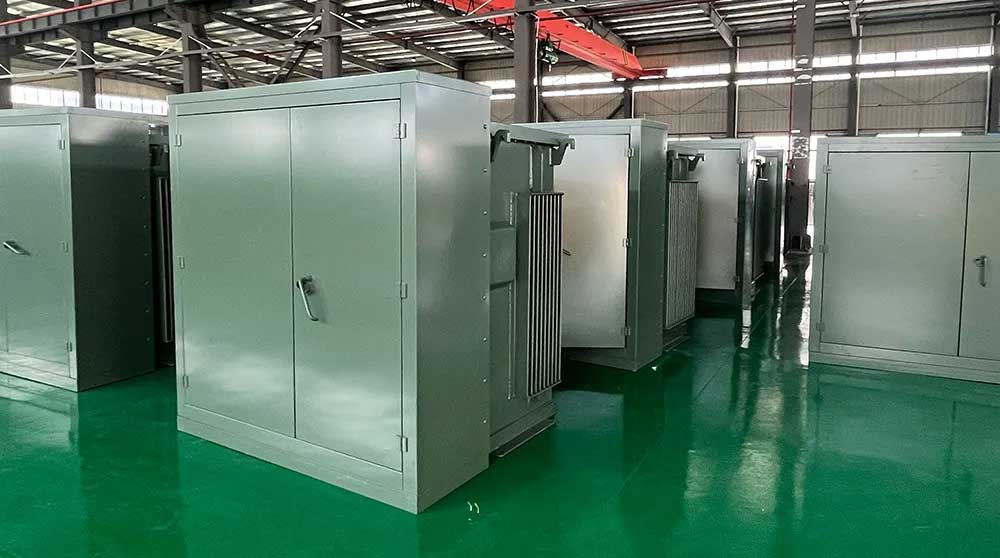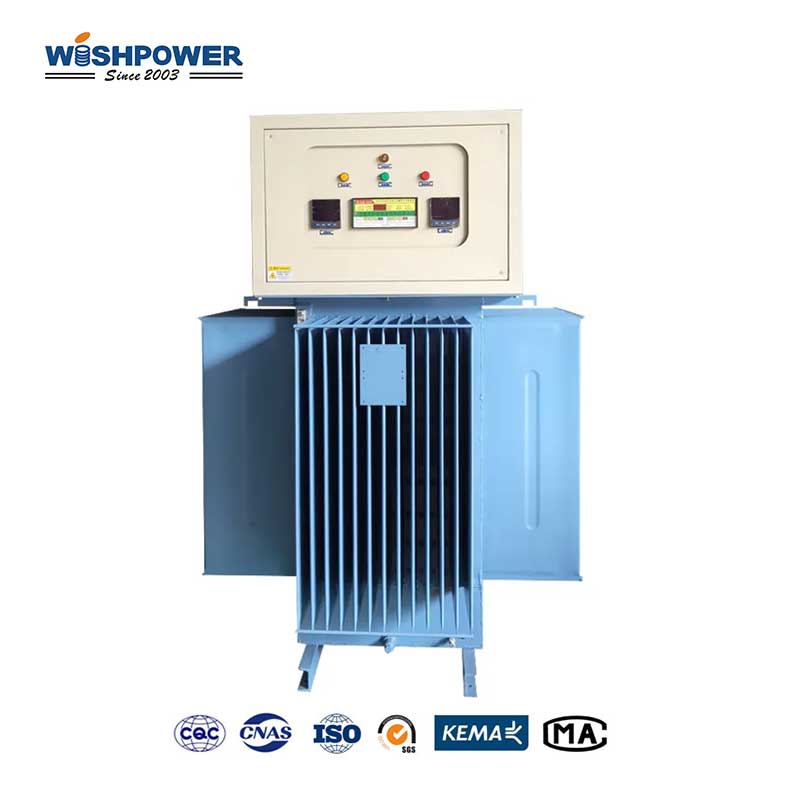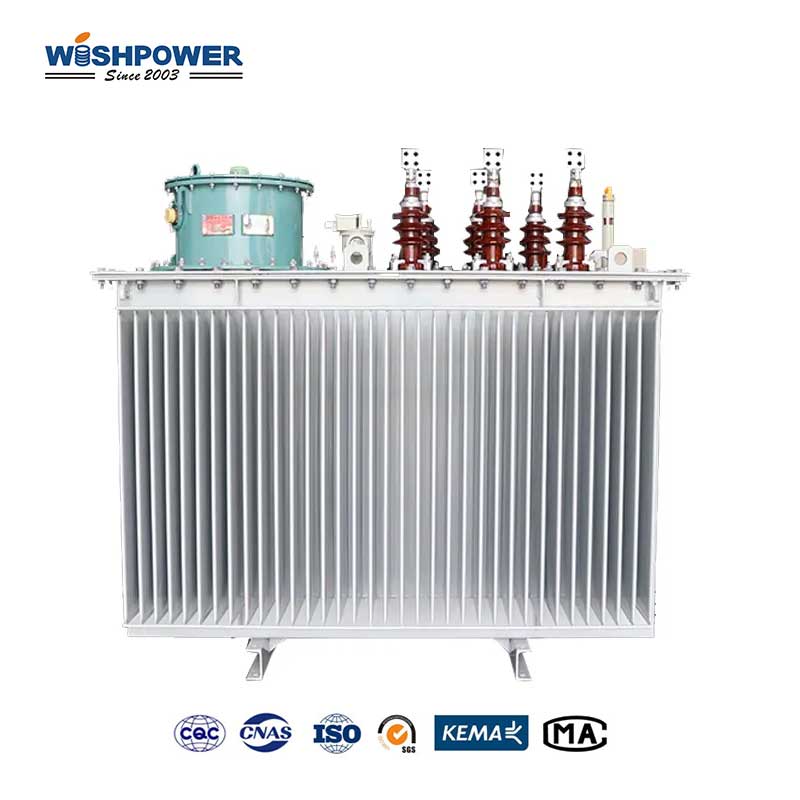Voltage regulators are essential foundry equipment in electrical and electronic systems, providing stable and stabilized voltage to devices and circuits despite voltage input changes or changes in loading. Stability is necessary for electronic components to work successfully and live as long as possible. Voltage regulators are found in myriad industries ranging from power distribution systems to the electronics involved in manufacturing, automotive, and telecommunications. Three basic types of voltage regulators serve different purposes depending on the application requirements: These different types of regulators include linear regulators, switching regulators, and Zener diode regulators.

What are the Three Basic Types of Voltage Regulators?
- Linear Regulators
One of the simplest and most often used types of regulators is linear regulators. Series or shunt elements dissipate excess power a heat keeping them at a constant output voltage. A linear regulator’s main function is to stabilize the output voltage even as the input voltage or load may change. Where the difference between an input and output voltage can be reasonably small and the efficiency is not an important consideration, linear regulators can be well used in these applications.
- Switching Regulators
Linear regulators are simpler but less efficient than switching regulators. Switching regulators differ from linear regulators which are controlled by turning certain electrical components (inductors and capacitors) on or off in quick succession. Fast switching allows the regulator to convert any excess energy into a repository for future use instead of wasting it by heating it away.
- Zener Diode Regulator
A Zener diode regulator is a type of voltage regulator that stays constant in output by bouncing on the unique properties of a Zener diode. A Zener diode is a design so that when the reverse voltage reaches a set value (or background voltage) current will flow in the reverse direction. They are also good for keeping voltage constant in low-power applications.
How to ChooseRegulator?
Input and Output Voltage Requirements:
The input/output voltage difference determines the type of regulator you select. If the difference is small the linear regulators are better, but for large differences you would use a switching regulator.
Efficiency:
Switching regulators are the best because they waste less heat if efficiency is the only thing to consider. However, linear regulators are less efficient but simpler and have lower noise.
Power dissipation:
Since linear regulators dissipate excess power as heat they are not suitable for high power applications. However, switching regulators have better thermal performance thanks to their high efficiency.
Complexity:
Standard linear regulators are simple to use and use few external parts hence are ideal for use where space or cost is an issue. More efficient switching regulators come with more parts and need careful design to keep from adding excessive noise and other problems.
Noise sensitivity:
When sensitive analog circuits are the goal, linear regulators are far preferable because they deliver clean, noise-free outputs. High-frequency noise found in switching regulators can interfere with sensitive components.
Conclusion
Voltage regulators are essential components for power delivery in a large number of electronic devices and systems. There are three types of voltage regulators well known as linear, switching, and Zener diode regulators, and they perform varying duties for the desired application. They are simple and low noise, but not efficient so they are good for low-power applications. However, while they are efficient and ideal for high-power applications, the electrical noise they bring is what makes them unsuitable for medium and low-power applications. Zener diode regulators are cheap to use in simple, low-power circuits. Engineers and designers are then able to select the correct voltage regulator for their projects by knowing their characteristics and applications of them.
If you have different opinions or want to know more, please leave a message on the website or contact us directly at info@wishpower.net

















